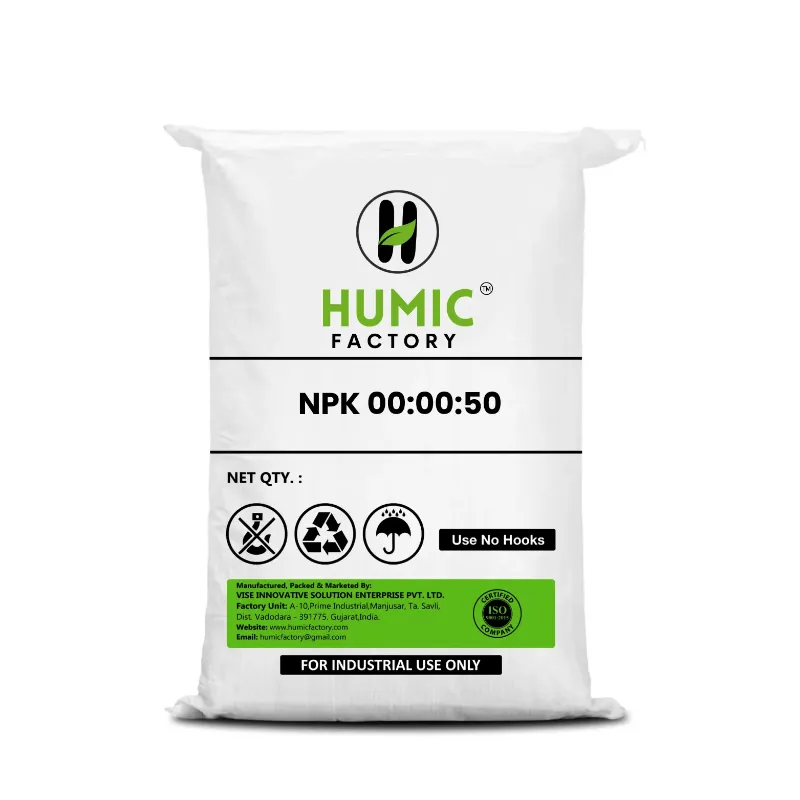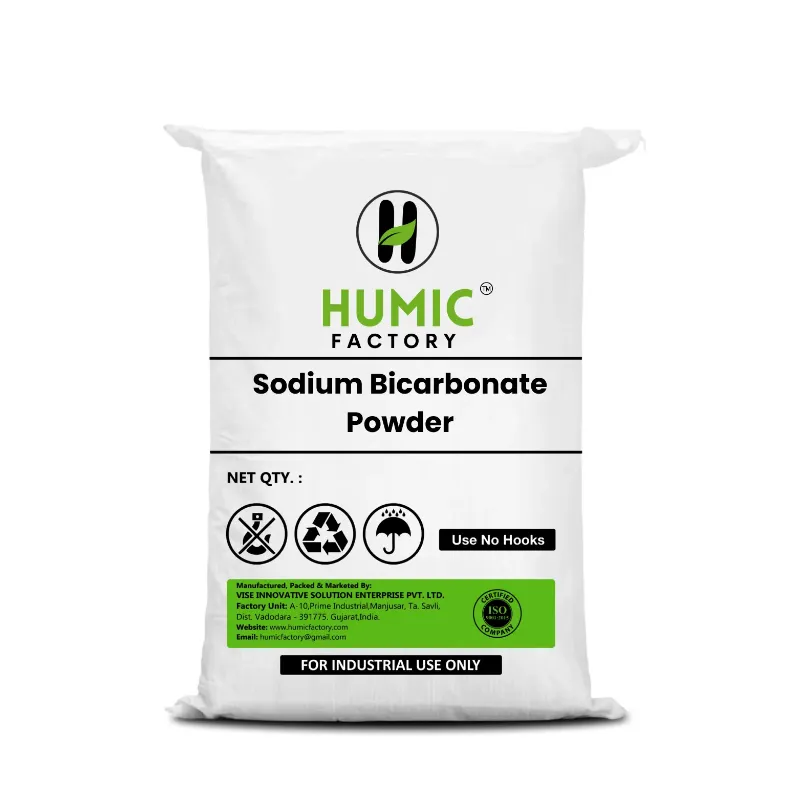Choosing the right NPK fertilizer ratio can make a significant difference in crop health and yield. Since different crops and soil types require varying levels of nutrients, understanding how to select the optimal ratio is essential for effective farming. Farmers can determine the best NPK ratio by assessing soil nutrient levels, crop requirements, and the specific benefits that each nutrient provides. NPK ratios indicate the percentage of nitrogen (N), phosphorus (P), and potassium (K) in a fertilizer. For instance, an NPK fertilizer labeled 10-10-10 contains equal parts nitrogen, phosphorus, and potassium, while a 20-10-10 ratio would have higher nitrogen levels. Each of these nutrients plays a critical role in plant health: Determining the right balance of these nutrients is key to optimizing soil fertility and meeting the unique needs of each crop. A soil test is the first step in determining the best NPK ratio. Soil testing helps farmers understand the existing nutrient levels in their soil, which may vary depending on factors like climate, region, and previous crop rotations. By testing the soil, farmers can identify deficiencies or surpluses of nitrogen, phosphorus, or potassium. Soil tests are available through agricultural extensions, local labs, or specialized services. They typically provide detailed information on nutrient levels and even suggest recommended NPK ratios based on the findings. For example, if the soil is found to be low in phosphorus, a higher P-value NPK fertilizer might be recommended. Each crop has specific nutrient requirements, so farmers need to match the NPK fertilizer ratio to their crop's needs. Some crops, like leafy vegetables (e.g., spinach or lettuce), need higher nitrogen levels to support their leafy growth. Root vegetables, such as carrots and potatoes, benefit from higher phosphorus levels to encourage strong root development. Fruit-bearing plants, including tomatoes and peppers, require potassium for better flower and fruit production. To make this process simpler, some farmers rely on standard crop nutrient guides. These guides provide recommended NPK ratios for various crops, helping farmers decide which fertilizer to apply based on their planting schedule. Soil type affects how nutrients are absorbed and retained. Sandy soils, for instance, drain quickly and can easily lose nutrients, so they may require more frequent fertilizer applications with a balanced NPK ratio. In contrast, clay soils hold nutrients longer but may need fertilizers with higher potassium to ensure optimal nutrient absorption. Understanding your soil’s texture and drainage characteristics helps tailor the fertilizer application. For instance, adding organic matter to sandy soils can improve nutrient retention, making the NPK fertilizer more effective. When selecting fertilizers, it's essential to choose high-quality options to ensure the soil receives the nutrients it needs. Humic Factory offers a range of NPK fertilizers formulated to meet diverse agricultural needs, providing balanced nutrition for different soil types and crop requirements. Humic Factory’s products are designed to support effective nutrient uptake, helping farmers achieve consistent and healthy crop growth. Choosing the right NPK fertilizer ratio requires a combination of soil testing, understanding crop needs, and adjusting based on soil type. By applying a scientifically chosen NPK ratio, farmers can provide crops with the essential nutrients they need to thrive. Investing in quality products, like those from Humic Factory, can make a noticeable difference in crop yield and soil health, allowing farmers to achieve their productivity goals season after season.Understanding NPK Ratios and Their Importance
Step 1: Conduct a Soil Test
Step 2: Understand Crop Nutrient Requirements
Step 3: Adjust Fertilizer Application Based on Soil Type
Step 4: Choose Quality Fertilizers Like Humic Factory
Conclusion


Submit your contact number to receive exclusive updates
Something went Wrong Please try again!!!
Bulk Purchase
Get Bulk Discount
Get Discount Code now
फोन नंबर सबमिट करे और ऑफर पाए
We believe farming is hard. This is our attempt to support farmers. Submit your contact details to receive a discount and other offers from Humic Factory.

Recommended Products
COPYRIGHT © 2024. All Rights Reserved By Humic Factory


